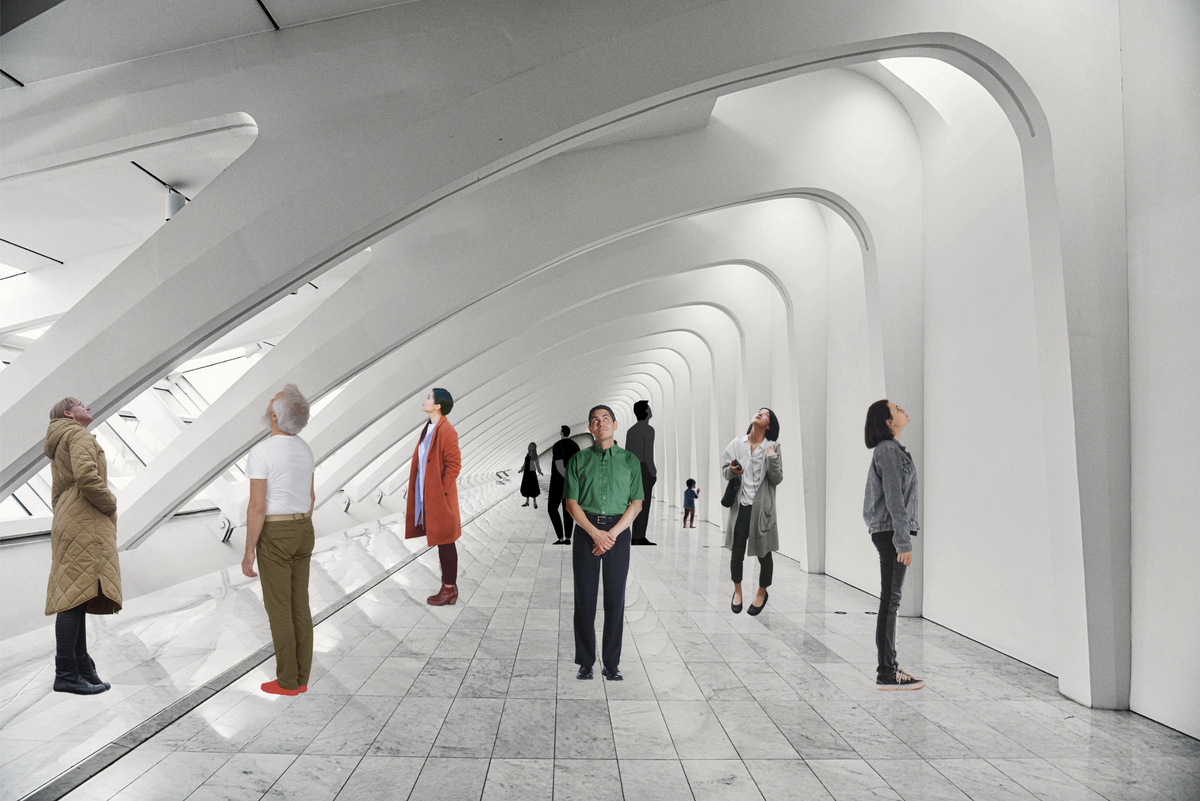Behaviorism and architecture: Can architecture make us better?

Utopia in architecture stems from a desire to create the perfect edifice, imitate the absolute design, and create the undying kingdom on earth.
This philosophy of the ideal design stipulates the existence of a perfect form for a perfect order. It provides the architect with great power to decide what’s best for man and what’s not.
With a projection of this ideation on the architectural plan of the Platonian ideal city, architects would be the guardians. They design with people’s best interests in mind and maybe even decide on those interests.
Such claims of spacial geniality suggest that architecture can majorly influence and reform human behavior. This statement holds both a great possibility and responsibility of what we can achieve through architectural creations and it urgently suggests that this latter engages in unneutral discussions about the moral realms of this power.
Space and behavior
As living creatures, our instinct dictates that we explore the territory we are in to be able to navigate it. Our brains react to the place we are in by trying to understand its dimensional structure to operate within it both reflectively (consciously) and reflexively (subconsciously).
Spatial behavior is the result of consciousness of one’s self and consciousness of space itself. Through mental mapping, the brain creates a map of the space to acquire familiarity and navigate it with ease. This phase of emotions’ attribution to space puts the mind on autopilot mode and demonstrates the distinctive behavioral patterns within it.
How to use architecture to alter and influence behavior?
Using architecture to influence human behavior requires the study of the two parties together (humans and space). We need to think of space as the extension of the nervous system. This means we must observe the patterns of neural activity that the brain generates in response to the space to be able to attribute behaviors to different forms, shapes, and design systems.
On the built scale, architects can act through intentional design: creating spaces that are able to stimulate desired behavioral reflexes.
This suggests that on a primal level, space must be stimulating and able to provoke a distinguishable response from its users. This can be achieved through the enhancement of the sensory experience by different stimuli (light, colors, sounds, proportions.)
A design should work along with the brain’s dual modes:
The space should be agile, evolving, and changing to keep the reflective mode on. Even more so, create a state of readiness and vigilance.
A space should be visually readable and easy to navigate. This latter allows the brain to switch to the automatic mode. Thus, the person could be more familiar with the space and create an attachment to it.
How can we apply this?
The implementation of this knowledge into space design can be revolutionary. It gives us more power over ourselves and our innate programming by creating spaces that shape our behaviors and coordinate with our cerebral activity.
On a more operational level, these discoveries can be used in specific structures to achieve or boost their intended function, such as:
Schools: space de learn
Understanding how the human brain operates in the learning space is important to create spaces that facilitate and optimize the learning process.
Health: space to heal
When it comes to health and welfare institutions, this could make the most significant influence. Creating spaces that feel safe, “hopeful”, and are easy to navigate makes a tremendous contribution to patients' recovery and well-being.
Prisons and detention facilities: space to behave
Designing behavioral reforming structures raises another type of question concerning human judgment, the penal system, and moral boundaries.
First, it’s important to ask are these structures meant to punish or reform human behavior. And, to what extent should the designer interfere in the behavioral reforming process? what makes him suitable to judge and design accordingly?
Public space: space to interact
Public spaces are the urban sitting rooms where most interaction occurs. Designing them in a way that is welcoming and engaging could have an impact on the community as a whole.
Architecture moral code
The moral discourse is very little talked about in architecture. This latter is often used as a neutral tool to create vessels for human activities.
Suggesting that architecture can decide what we become (intentionally or not) forces the conversation to be held, especially in a world of poly-ideology like ours.
To design and build for a specific person or group of people is to judge them and then act upon that judgment which requires the architect or designer to be qualified to make such allegations and to decide what's best.
Finally, it is important to state that architecture is an act sensed to generate reflexes within us. And our built environment is the extension of our consciousness. It shapes us as we shape it. Thus, we should design with intention: to bring together, separate, punish, love…
Also, this preview suggests that architecture is now more than ever in need of multidisciplinary collaboration (doctors, neuroscientists, philosophers…etc.) for better results and more impactful designs.